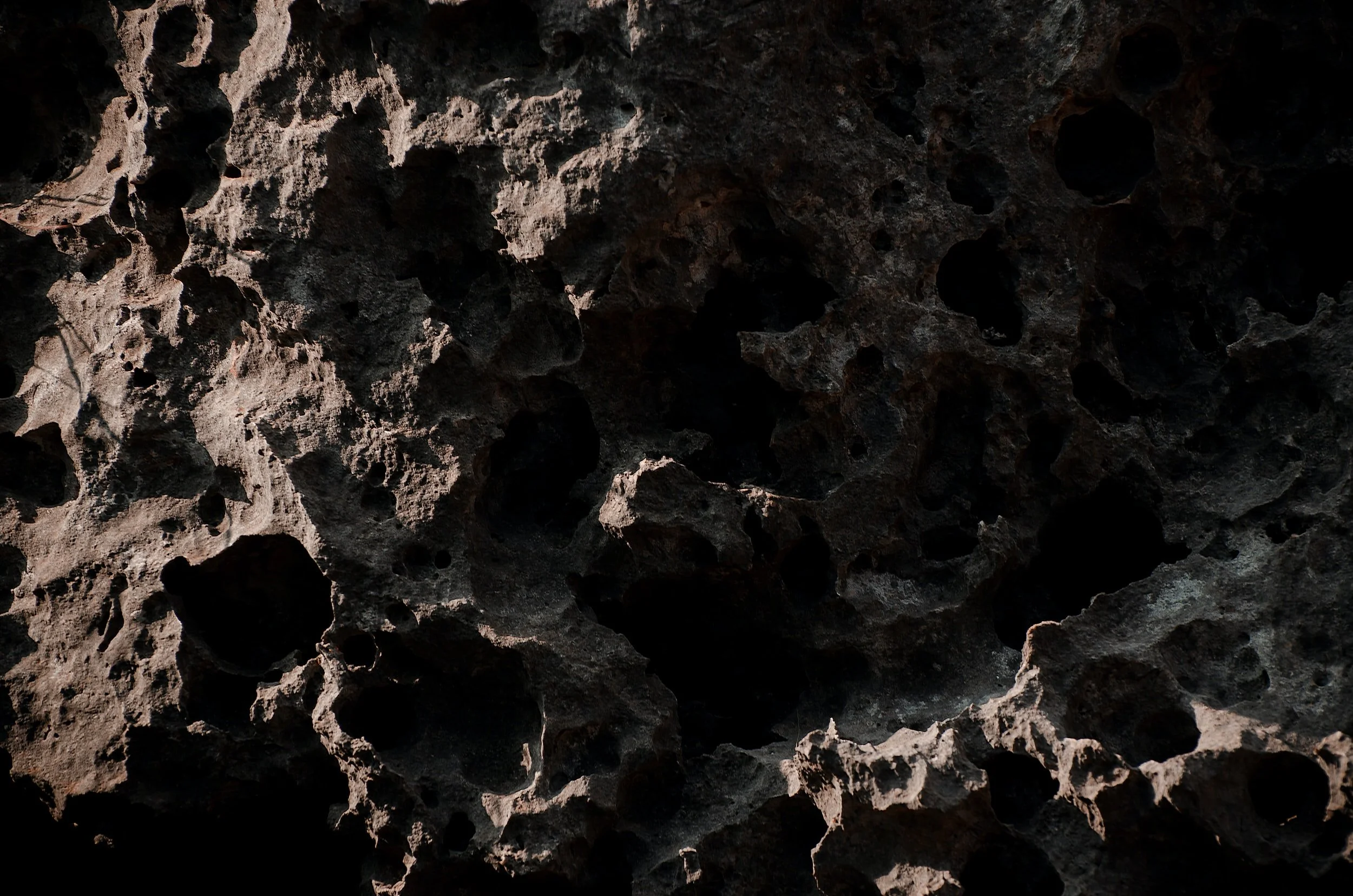Life on Proxima B?
Astrophysicist, Professor Avi Loeb of Harvard University has postulated a theory that alien artifacts may be existing on other planetary surfaces. He made this remark after referencing ‘Oumuamua,’ a strange interstellar object that hovered the earth's surface in 2017. Oumuamua is shaped like a flat pancake, the size of a football pitch. Leon urges other scientists to transfer focus from searching for biological species in space to aliens’ technology.
He believes that the scientific focus on life in space may have become true and obsolete. Proximal stars and other plants may have become a breeding ground for some of these alien technologies. He formed the project Galileo to uncover more artificial alien technology and probably the next Oumuamua.
At the moment, 4,000 planets are in existence beyond the earth’s surface. They're in constant circulation around their parent's star, maneuvering between the earth and the star. In this case, starlight penetrates through these bodies which makes them detectable.
Loeb emphasizes that rare gasses oxygen and methane may have non-living things sources. He reiterates that it's significant to look out for chemicals of technology rather than extraterrestrial life.
If an alien civilization obtained starlight by obscuring its planet with photovoltaic panels, its surface would emit light differently. One of the proximal stars, Proxima Centauri, has a planet. The mini planet, Proxima Centauri b, is 20 times closer to its star than the earth is closer to the sun. Proxima Centauri is a red, dwarf-like planet, which could be a possible planet suitable for human life. The planet has a tidal rotation, meaning half of its surface permanently experiences daytime while the other half experiences nighttime.
In late 2020, signals were discovered to have transmitted from the direction of proximal b. There are several ways to detect life on a planet. Take earth as an example, the city lights are visible, especially at night. The lights shed into the planetary Cosmo. However, the current telescope in use might not penetrate either planet from earth. Researchers are on their drawing boards, seeking a possible advancement to space telescopes.
Elisa Tabor of Stanford University and Professor Loeb of Harvard University took the James Webb Space Telescope (JWST) for a virtual alien light hunting test drive. The test was to observe the strengths of this device. The virtual device is trained on the proximal b planet. The planet has been confirmed to host artificial civilization.
Proximal b is a rocky planet that orbits the Proxima Centauri for approximately 11 days at a speed of 7 million kilometers. This is only 5% at which the earth orbits the sun.
Could further illumination mean actual life on proximal b?
Both scientists evaluated artificial illumination as a fraction of solar illumination emitting from the dayside of the planet. A 100% illumination depicts that both day and nighttime illumination are equal. It's presumed that proximal b and earth share similarities based on the type of hypothetical light on the planet and the earth’s LED light.
If the artificial nightside illumination of the proximal breaches 5%, the JWST may identify over 85% certainty. Earth's illumination is only 0.001%. If proximal b truly hosts another life, the JWST might not detect it. Both Loeb and Tabor reach a hypothesis that a tidal planet may have used bright orbital mirrors to reflect light to its night side. This is why the telescope could easily identify such lights.
However, it's a mere hypothesis, and further research is still ongoing on possible life on proximal b.
Reference
● earthsky.org







